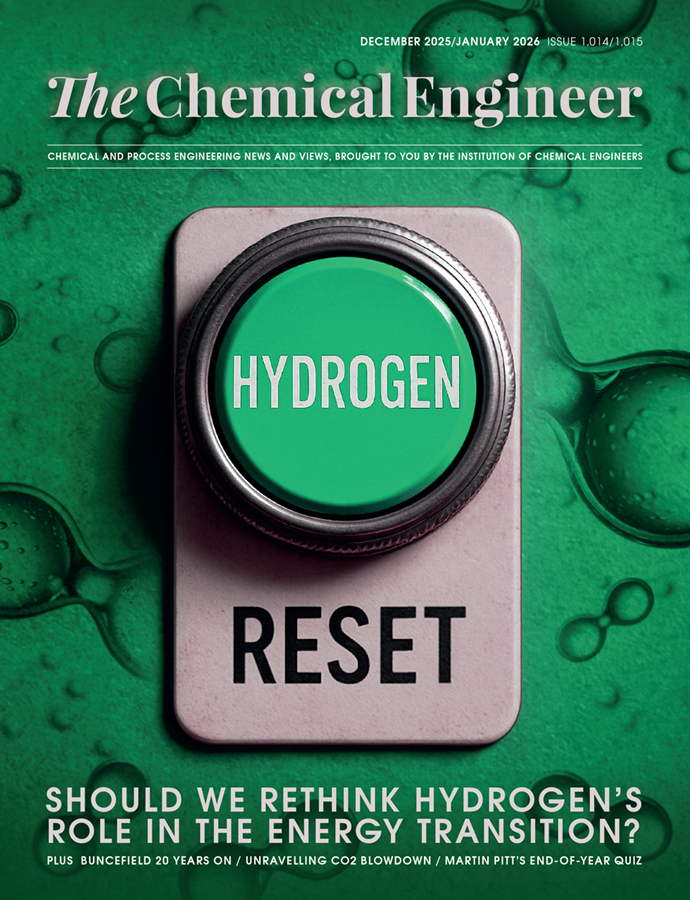UK spending review boosts CCS and R&D funding but industry awaits industrial strategy details

CARBON capture and storage (CCS) and research and development (R&D) received fresh funding commitments in the UK government’s spending review today, but industry is still awaiting further details expected later this month.
In a review of the government’s departmental budgets covering the next three to four years, chancellor Rachel Reeves committed £9.4bn (US$12.7bn) in capital budgets for expansion of the existing East Coast and Liverpool Bay CCS projects. Reeves also confirmed the government will provide “development funding” for the Acorn CCS cluster across Scotland, and the Viking CCS cluster in Humberside, which until today were both on reserve lists for funding.
The spending review did not confirm how much funding will be made available, and said a final investment decision will be made within the next four years, “subject to project readiness and affordability”.
The Viking project has been facing uncertainty since Harbour Energy, a key partner in the project, announced last month it was reviewing its involvement and support.
David Whitehouse, CEO of the Offshore Energy UK lobby group, said: “The support for the next phase of carbon storage projects in Scotland and Humberside is welcome, and an important step towards final investment decisions later in this parliament.
“These projects will provide the pathway to support the decarbonisation of UK industries and are critical to the government’s clean power objectives. We will continue to work with government to detail the long-term support required to deliver these projects and unlock the UK’s wider CCS ambitions.”
Anniruddha Sharma, CEO of carbon capture reactor manufacturer Carbon Clean, said the company is “pleased to see the government’s support for the Acorn and Viking clusters”.
Sharma added that they “encourage the development” of a regular auction schedule for Contracts for Difference (CfD) – contracts low-carbon electricity generators enter with the government to guarantee the unit price of electricity – of which there have been six so far. “This would unlock private investment, drive down costs, and accelerate deployment by providing the necessary clarity for future business models – key to building a thriving CCUS industry while ensuring value for taxpayers.”
The chancellor also committed to funding increases for R&D, promising £20.4bn for 2025/26, increasing each year over the next four years to £22.6bn in 2029/30. Around 68% of R&D funding will be allocated to the Department for Sciences, Innovation and Technology, of which £1bn has been set aside to “significantly scale up” the Advanced Research and Invention Agency (ARIA), the government’s high-risk research funding body.
Industrial strategy
Industry expressed frustration last week after the government delayed publication of its industrial strategy until the end of June, having originally planned a spring launch.
The strategy will set the government’s priorities across eight “growth-driving” sectors including advanced manufacturing and clean energy, as well as life sciences, the creative industries, defence, digital, financial services, and professional and business services.
Today’s spending review confirmed that the industrial strategy will include £3bn for advanced manufacturing R&D and capital expenditure over the next three to four years. The review also committed £520m for life sciences manufacturing over the next four years, and “significant additional funding” for clean energy. Full details are expected in the industrial strategy in the final week of June.
Today’s spending commitments follow the announcement yesterday to greenlight Sizewell C with £11.5bn of additional funding, and the selection of Rolls-Royce SMR as the favoured bidder to lead a £2.5bn small modular reactor rollout programme.
John Lazar, president of the Royal Academy of Engineering (RAEng), said that the investments included in the spending review “must be embedded in a longer-term strategy.
“We eagerly await the industrial strategy to provide clarity for business and enterprise so that can make informed investment decisions and continue to contribute to jobs and growth.”
Stephen Phipson, CEO of manufacturing lobbying group Make UK, said the spending review included a “welcome boost” for science and technology.
He added: “However, all eyes will now turn to the forthcoming industrial strategy where there is great need and expectation.
“Industry needs a funded and joined up long-term vision as a matter of urgency for stability and investment. Critically this must include bold measures to address the UK’s eye-watering industrial energy costs and the skills crisis.
“If the government delivers on these two issues it would be genuinely game-changing for the competitiveness of, and growth prospects for, manufacturers and the economy.”
Reeves confirmed the £500m grant for Tata Steel’s electric arc furnace, as well as existing funding commitments to hydrogen projects in Cromarty and Whitelee in Scotland, and in west Wales. However, the review made no mention of additional funding for either sector.
Billions for skills
The review also promised an additional £1.2bn each year until 2029 for training and apprenticeships for 16-19-year-olds, which it predicts will open 65,000 new opportunities for young people.
The RAEng welcomed the “uplift in investment for skills”, although Lazar said that they “remain concerned about the need for holistic, strategic planning and investment in this space.”
Hilary Leevers, CEO of EngineeringUK, said the spending review’s investments into skills and training “are very promising, but must be focused into areas of workforce need”.
Recent Editions
Catch up on the latest news, views and jobs from The Chemical Engineer. Below are the four latest issues. View a wider selection of the archive from within the Magazine section of this site.




